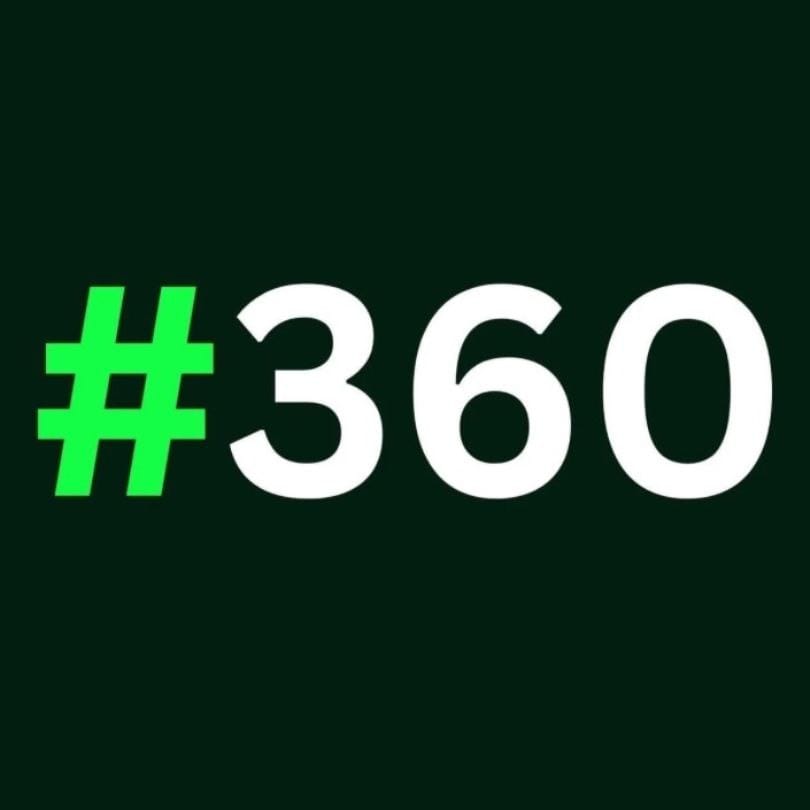As a business owner, paying dividends or making distributions to shareholders feels like a great way to reward everyone for the company’s success. But did you know that making distributions without checking your company’s financial health first can lead to serious legal and financial trouble?
Here’s why you must be careful—and what could happen if your company fails the solvency test when making payments.
What is the Solvency Test?
Before a company pays dividends or any other distribution to shareholders, it needs to be able to prove it can still pay its debts after making the payment. This is called the solvency test.
- If the company cannot pay its debts after paying dividends, it has failed the solvency test.
- Making payments in this situation is not legally valid.
What Happens If the Solvency Test Is Failed?
- Invalid Payment:
The distribution is legally void. - Repayment Demand:
The company can demand shareholders who received the money to pay it back. - Personal Liability:
If the company cannot recover the money from the recipients, shareholders who agreed to the payment could be personally liable to repay the company. - Court’s Role:
Courts may reduce or relieve personal liability if the shareholder received the money in good faith, without knowledge of the company’s financial issues, and if repaying would be unfair.
Real-Life Scenario #1: The Over-enthusiastic Dividend
Imagine ABC Pvt Ltd had a profitable year and decided to pay dividends of $500,000 to its shareholders. But unknown to the directors, ABC had outstanding debts and liabilities that exceeded its assets after the dividend payment.
Later, creditors demanded payment, but the company was short on cash. The dividend payment was declared invalid. ABC demanded the $500,000 back from shareholders.
One shareholder, who agreed to the dividend without checking the company’s financial health, was asked to repay $50,000 personally because the company couldn’t recover all the funds. Fortunately, the court reduced his liability after considering he acted in good faith.
Real-Life Scenario #2: The Risky Share Buy-Back
XYZ Ltd decided to buy back shares from its founders to consolidate ownership. They paid $1 million, but the company’s cash flow was tight, and after the payment, XYZ couldn’t meet its debt obligations.
This payment failed the solvency test. The buy-back was ruled invalid. The company demanded repayment from the founders who agreed to the transaction.
Because the founders knew about the company’s shaky finances but proceeded anyway, the court held them personally liable for the full repayment amount.
What Can Business Owners Do to Protect Themselves?
- Always check solvency: Before declaring dividends or distributions, ensure your company can pay all debts afterward.
- Get proper financial advice: Work with accountants and legal advisors to review the company’s financial position.
- Document shareholder decisions: Have clear, written resolutions showing shareholders agreed with full knowledge of the company’s finances.
- Act in good faith: Transparency and honesty protect you if issues arise.
Final Thoughts
Distributing profits sounds great—but doing it without careful financial checks can backfire, leading to personal liability and costly legal battles.
If you’re unsure whether your company can safely make distributions or need help understanding the solvency test, consult your corporate lawyer or accountant before making any payments.
Protect your business and your personal assets by making smart, informed decisions.
